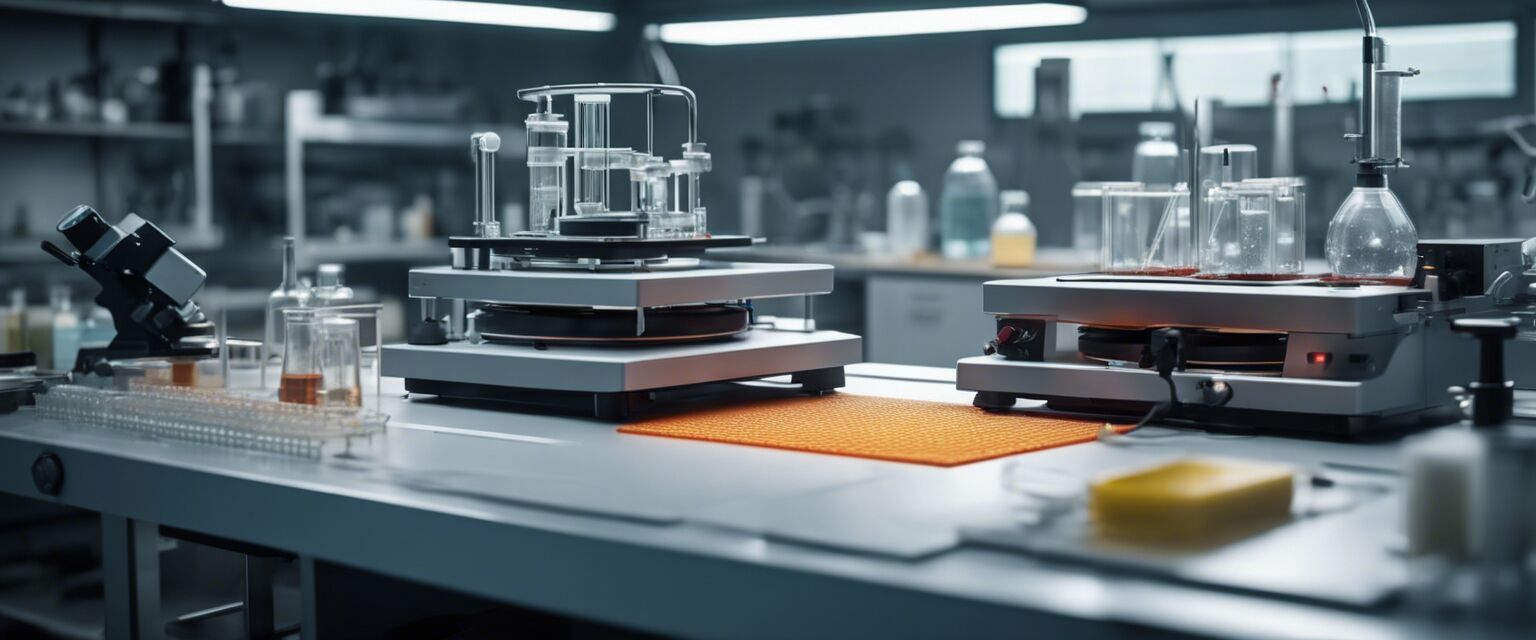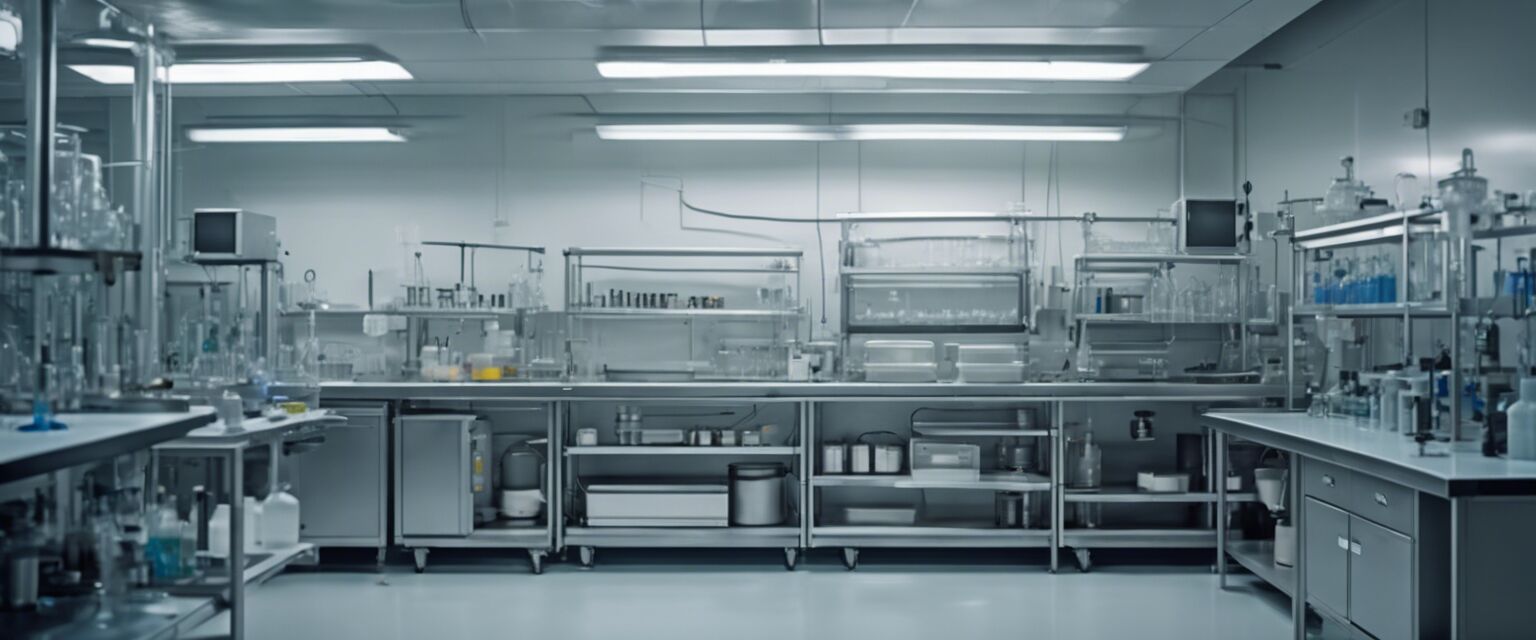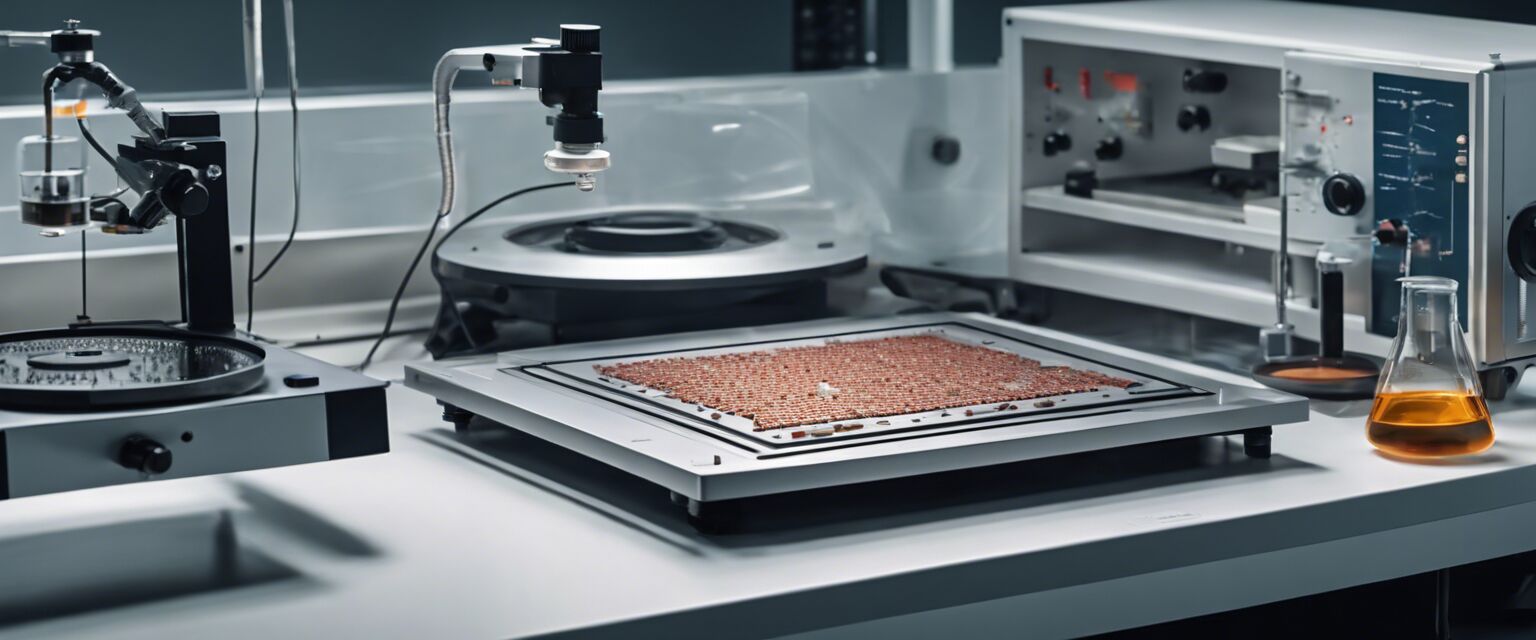
Overview of Laboratory Hot Plates
Key Takeaways
- Laboratory hot plates are used for heating substances in the lab.
- They come in various types, each suited for different applications.
- Understanding the features can help in choosing the right hot plate for your needs.
- Safety and maintenance practices are crucial for longevity and functionality.
- Hot plate stirrers are beneficial for mixing solutions while heating.
Laboratory hot plates are essential tools in many scientific and industrial settings, allowing researchers and technicians to heat substances effectively and safely. With various types available, each designed for specific tasks, understanding these devices can greatly enhance lab efficiency and safety.
Types of Laboratory Hot Plates
Laboratory hot plates can be categorized into several types based on their design and features. Below, we outline the main types:
| Type | Description | Common Uses |
|---|---|---|
| Analog Hot Plates | Basic models with manual temperature control using a dial. | Heating liquids, melting solids. |
| Ceramic Hot Plates | Durable plates with a ceramic top, resistant to chemical spills. | Heating corrosive substances. |
| Digital Hot Plates | Features digital readout for precise temperature control. | Applications requiring accurate temperature monitoring. |
| Hot Plate Stirrers | Combines heating with magnetic stirring for solution mixing. | Heating solutions while stirring simultaneously. |
| Infrared Hot Plates | Uses infrared radiation for fast heating. | Rapid heating in sensitive applications. |
| Magnetic Stirrers | Stirring devices that do not heat but mix solutions. | Mixing solutions uniformly at room temperature. |
Uses of Laboratory Hot Plates
Understanding how to use laboratory hot plates is essential for effective laboratory practice. Here are some common applications:
- Heating up reagents for experiments.
- Melting compounds to study their properties.
- Conducting chemical reactions that require specific temperatures.
- Heating solutions to maintain temperatures for long periods.
- Mixing and stirring solutions through hot plate stirrers.
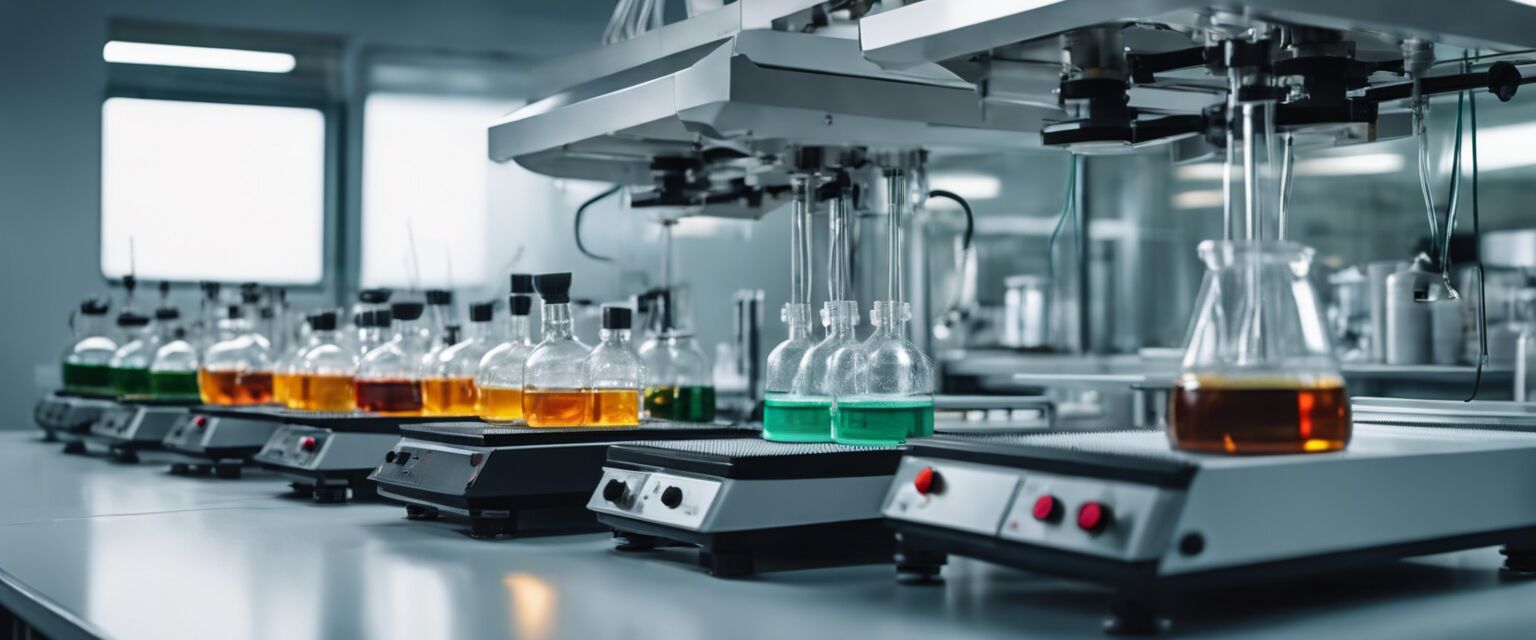
Choosing the Right Laboratory Hot Plate
When selecting a laboratory hot plate, there are several critical factors to consider:
Tips for Beginners
- Assess Your Needs: Determine what types of experiments you'll conduct to choose the right features.
- Read Review Ratings: Explore various products to understand their performance levels.
- Look for Safety Features: Select models with built-in safety mechanisms like automatic shut-off.
- Check for Warranty: A good warranty can help protect your investment.
- Prioritize Quality: Investing in a reliable brand can save costs on replacements over time.
Safety Considerations
Safety is paramount when working with laboratory hot plates. Here are essential safety tips:
- Always use heat-resistant gloves when handling hot plates.
- Avoid using flammable materials near hot plates.
- Keep the area around hot plates clear of clutter to avoid spills.
- Ensure that all cords and plugs are in good condition to prevent electrical hazards.
- Use a thermometer or temperature probe to monitor temperature closely.
Maintenance of Laboratory Hot Plates
Proper maintenance is critical to prolonging the life of your hot plate. Here are some maintenance tips:
- Regularly clean the surface with appropriate non-corrosive materials.
- Inspect the electrical components for wear and tear.
- Store the device in a dry environment to avoid moisture damage.
- Calibrate the temperature settings periodically to ensure accuracy.
- Review the user manual for specific maintenance instructions.
Conclusion
Laboratory hot plates are indispensable tools in a variety of scientific and industrial applications. By understanding the different types, their uses, and maintenance practices, users can enhance their laboratory effectiveness. Investing in quality hot plates ensures safe and efficient operations, contributing to successful experimental outcomes.
Pros
- Versatile heating options for various laboratory applications.
- Available in different models to suit specific needs.
- Equipped with advanced technology for precision and safety.
- Can be used for both heating and mixing tasks.
Cons
- Some models can be expensive.
- Improper usage can lead to safety hazards.
- Limited heating capacity in some models.
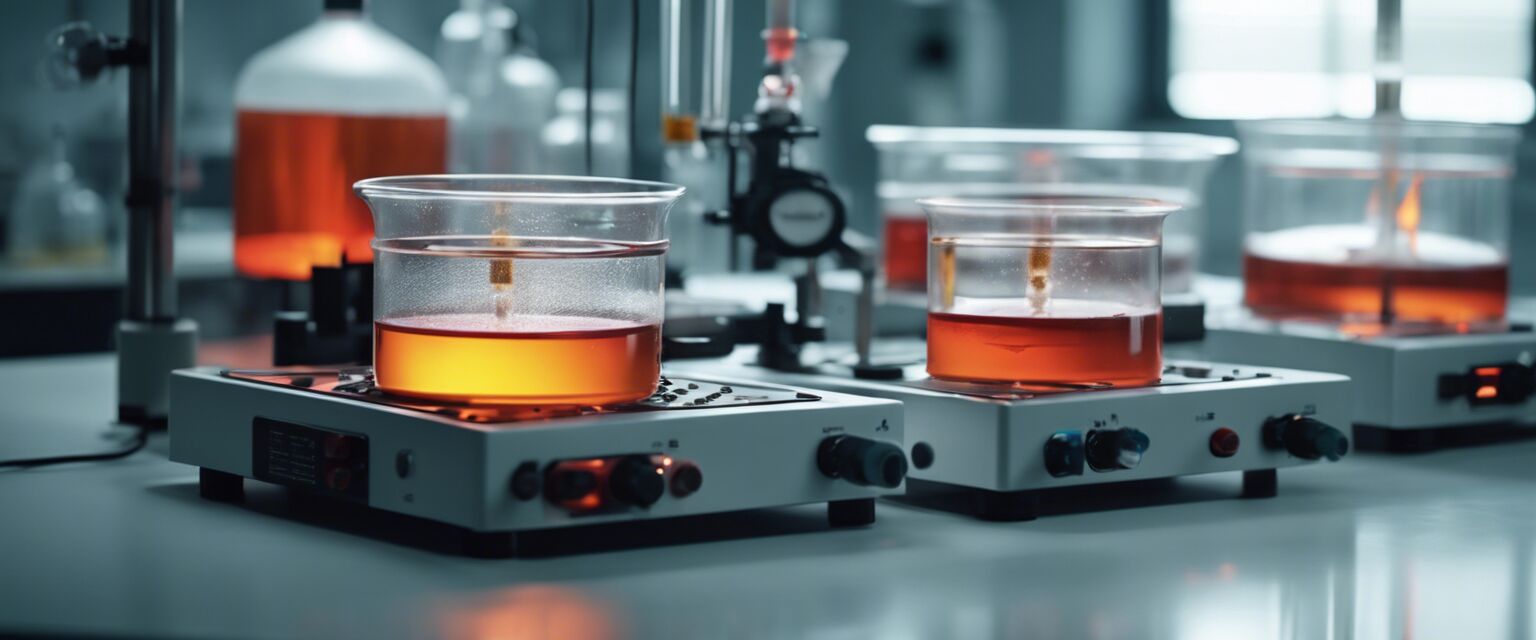
Related Resources
For more detailed information on specific types of hot plates, explore our dedicated pages:
